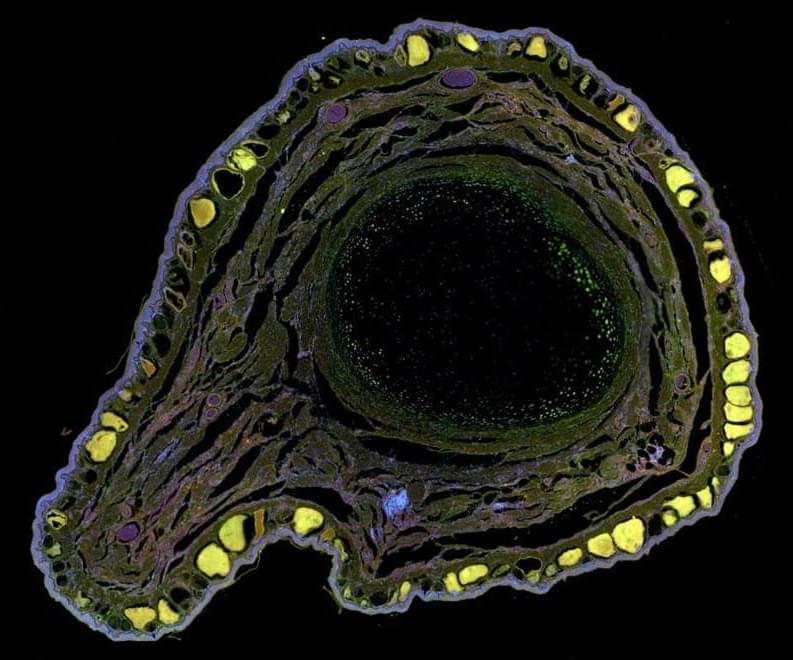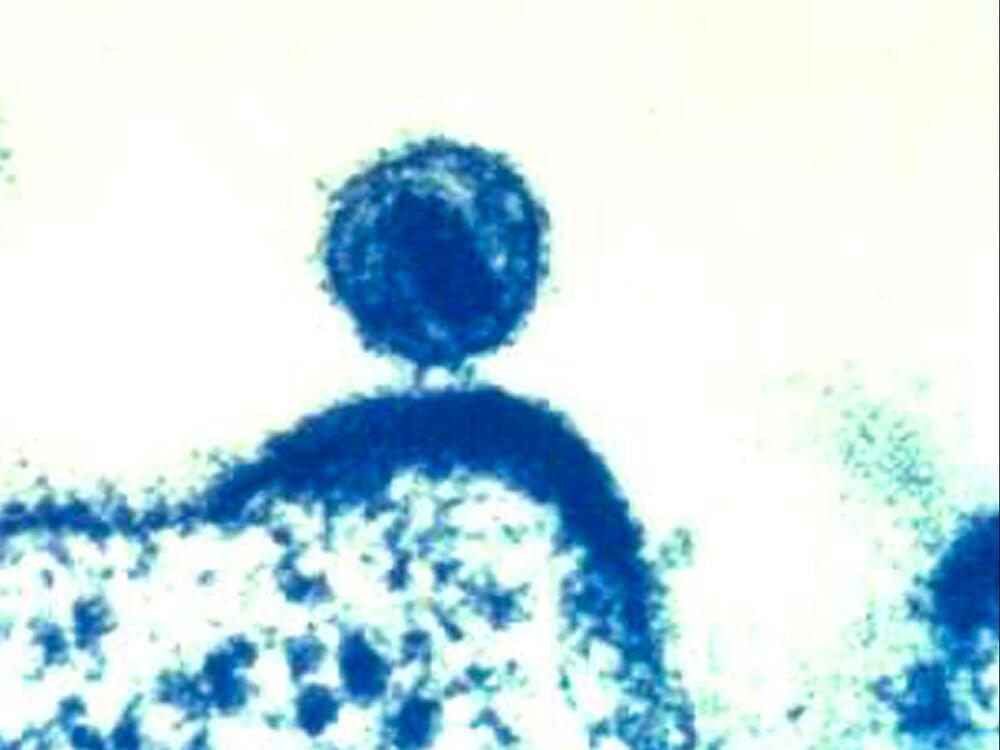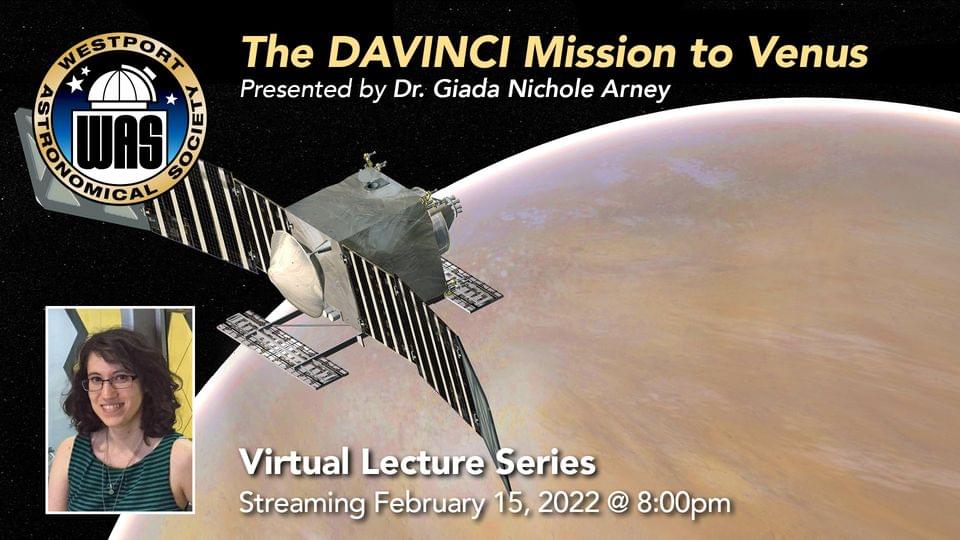Adult frogs can’t usually regrow a lost leg, but they can after treatment with a regenerative cocktail — and the new leg even contains functioning nerves.
Adult frogs can gain the ability to regrow a lost leg if they are treated with a device containing a silk gel infused with five regenerative chemicals. The limbs the frogs grow can apparently move and sense as well as the original legs.
Although tadpoles and young froglets can regenerate hindlimbs, adult frogs, like humans, lack the capacity to regrow their legs.
“We were [looking for] a way to kickstart regeneration in an organism that normally can’t regenerate a limb,” says Nirosha Murugan at Algoma University in Ontario, Canada.







